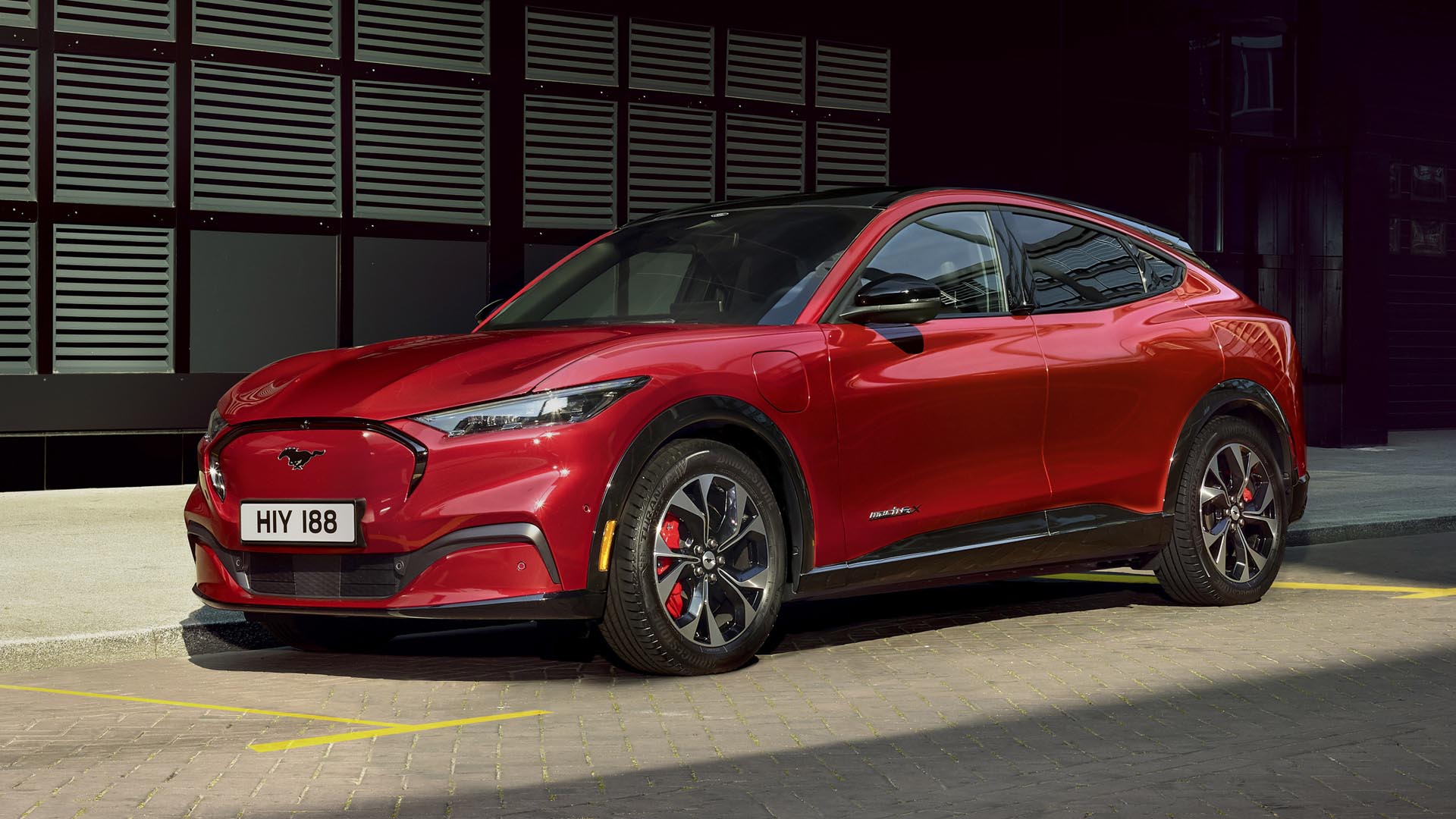Did you know that a 158mm 415W monocrystalline solar panel can power an average American home for over 10 hours with just one day's worth of sunlight? These cutting-edge solar panels are revolutionizing the renewable energy landscape, offering exceptional efficiency and sustainability. In this post, we'll delve into the remarkable capabilities of these high-performance solar panels, exploring their innovative design and highlighting their potential impact on residential and commercial energy solutions.
From harnessing more sunlight to maximizing energy production, these advanced monocrystalline panels are changing the game for eco-conscious consumers and businesses alike. Join us as we uncover how these sleek panels are shaping a brighter, greener future for sustainable energy generation.
Exploring Monocrystalline Solar Panel Efficiency
High Conversion Rates
Monocrystalline solar panels, such as the 158mm 415w monocrystalline solar panel, are renowned for their high efficiency rates. This means that they can convert a greater amount of sunlight into electricity compared to other types of solar panels. The secret behind this exceptional performance lies in the structure of the silicon used in these panels.
The uniformity of the silicon crystal structure in monocrystalline solar panels is what sets them apart. Unlike polycrystalline and thin-film solar panels, which have less uniform and consistent structures, monocrystalline cells are made from a single continuous crystal structure. This consistency allows electrons to move more freely through the material when exposed to sunlight, resulting in higher energy production.
This high level of efficiency makes monocrystalline technology an ideal choice for residential and commercial installations where space may be limited but maximum power generation is desired.
Comparing with Other Types
When comparing monocrystalline solar panels with other types such as polycrystalline or thin-film, it becomes evident that they consistently outperform their counterparts in terms of energy conversion efficiency. For instance, while monocrystalline panels typically offer efficiencies ranging from 15% to 20%, polycrystalline ones usually have efficiencies between 13% and 16%.
To put this into perspective, let's consider a scenario where both types of panels receive the same amount of sunlight: due to its superior efficiency rate, a monocrystalline panel would generate more electricity than a polycrystalline one under identical conditions. Similarly, thin-film technologies generally have even lower efficiencies compared to both mono- and polycrystallines.
Advantages of All Black Monocrystalline Solar Panels
Aesthetically Pleasing
All black monocrystalline solar panels are designed to offer a sleek and aesthetically pleasing appearance. The uniform black color gives these panels a modern and sophisticated look that blends seamlessly with various roof types and architectural styles. This can be particularly appealing for homeowners who prioritize the visual appeal of their properties while also wanting to harness solar energy.
These panels are especially popular among individuals who want their solar installations to complement the overall design of their homes without standing out or appearing obtrusive. Unlike traditional blue solar panels, the all-black design provides a seamless integration with the roof, creating an elegant and understated aesthetic that many find attractive.
Enhanced Energy Production
In addition to their visually appealing characteristics, all black monocrystalline solar panels are engineered to maximize energy production. Their monocrystalline composition allows them to efficiently convert sunlight into electricity, making them highly efficient at generating power even in low light conditions. This means that homeowners can benefit from increased energy output over time, leading to greater savings on electricity bills.
Moreover, these high-efficiency panels are ideal for properties with limited roof space as they can produce more power per square meter compared to other types of solar panels, such as polycrystalline or thin-film options. This makes them a practical choice for residential and commercial applications where space is at a premium but maximum energy generation is essential.
Here's an example: Imagine you have a home with a unique architectural style or specific roofing materials that require careful consideration when choosing solar panel aesthetics. In this scenario, all-black monocrystalline solar panels would be an excellent choice due to their ability to seamlessly blend in while still providing exceptional performance.
Another example could be seen in areas where sunlight exposure fluctuates throughout the year; all-black monocrystalline solar panels would prove advantageous by consistently producing higher amounts of electricity regardless of varying light conditions.
Thermal Performance and Material Data Insights
Importance of Thermal Performance
Thermal performance is a critical factor in determining the efficiency of monocrystalline solar panels. When exposed to sunlight, these panels can heat up, affecting their electricity production. Understanding how well a panel manages heat is essential for maximizing its energy output.
Monocrystalline panels with superior thermal performance are designed to handle high temperatures effectively, ensuring that they maintain optimal efficiency even on scorching hot days. This capability makes them ideal for regions with intense sunlight and high ambient temperatures.
Material Data Insights
The material data insights provide valuable information about the durability and longevity of monocrystalline solar panels. By analyzing the materials used in manufacturing these panels, one can gain crucial insights into their ability to withstand harsh environmental conditions over an extended period.
Understanding material data helps consumers make informed decisions when selecting solar panels, allowing them to choose products that align with their specific needs and geographical location. For instance, if someone lives in a coastal area prone to salt exposure or extreme weather conditions, knowing the material composition can guide them towards selecting more resilient panel options.
Pros and Cons
-
Pros: Enhanced efficiency under high temperature conditions; Ideal for regions with intense sunlight.
-
Cons: May be more expensive compared to other types of solar panels; Limited availability based on geographic location.
-
A monocrystalline 158mm 415w solar panel demonstrates superior thermal performance by maintaining high efficiency even during peak summer months.
-
The material data insights reveal that the durable construction of these panels ensures resilience against corrosion from salty air in coastal regions.
JS SOLAR
jssolar@jssolar.com


